How is tea made
How is Tea Made?
From fresh leaf to the perfect cup
While every tea type—black, green, white, oolong, and pu-erh—comes from the same plant, Camellia sinensis, the way those leaves are handled after picking determines the final flavor, color, and aroma. There are two main approaches to turning fresh tea leaves into drinkable tea: orthodox processing and non-orthodox (CTC) processing.
Two Main Tea Processing Methods
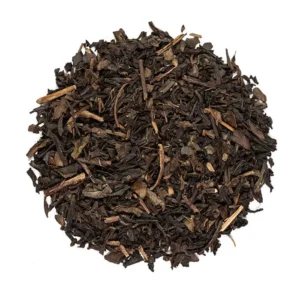
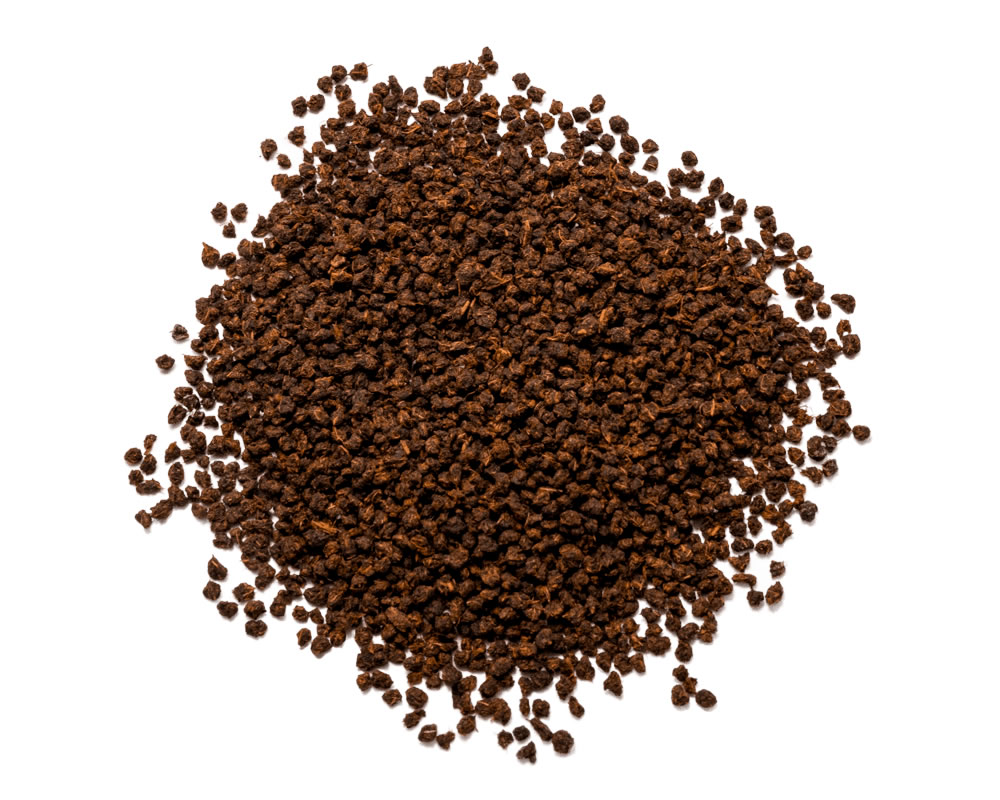
Orthodox Method – Preserving the Whole Leaf
Orthodox Method – Preserving the Whole Leaf
- Whole-leaf focus – Leaves are kept intact, producing loose leaf tea with refined flavor and aroma.
- Artisan shaping – Leaves are rolled and twisted by hand or machine into distinctive forms.
- Versatile – Used for white, green, oolong, and black teas.
- Complex taste – Time-consuming but results in a layered, nuanced cup.
- Small, pellet-like tea – Leaves are mechanically cut into tiny, uniform pieces.
- Fast & strong – Designed for commercial tea bags and quick brewing.
- Best for black tea – Produces a robust, one-dimensional flavor, often served with milk or sugar.
The Orthodox Tea-Making Process
At Tsara Tea, we follow the orthodox method to ensure the finest whole-leaf quality, using these key steps:
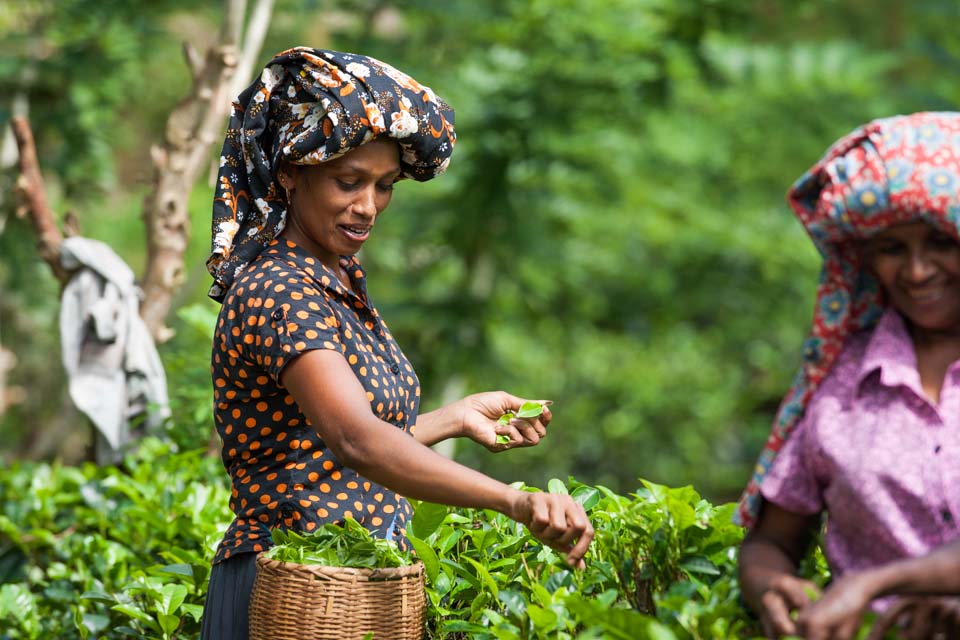
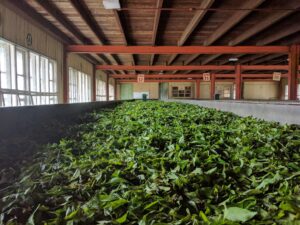
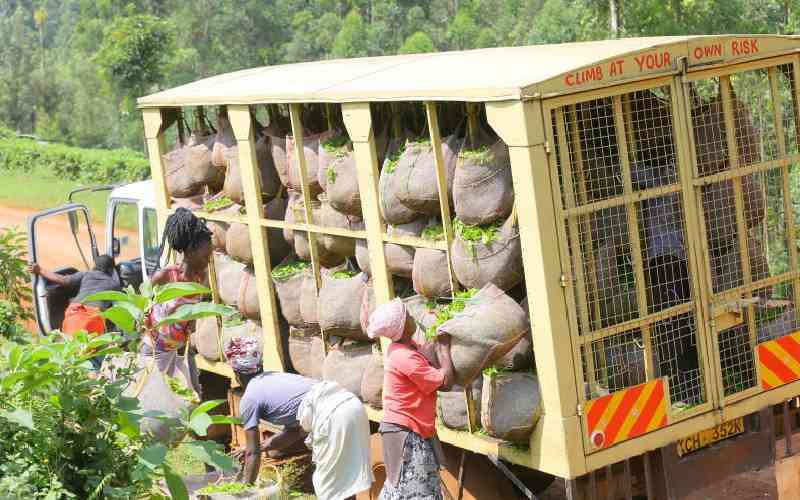
Step 1:
Step 2:
Step 3:
Plucking
Weighing & Inspecting
Transporting
Tender top leaves and buds are hand-picked from waist-high bushes, selecting only the freshest new growth
Fresh leaves are weighed and checked for quality, ensuring only undamaged, high-grade leaves move forward.
Leaves are taken directly to the processing facility to maintain freshness and prevent unwanted oxidation.
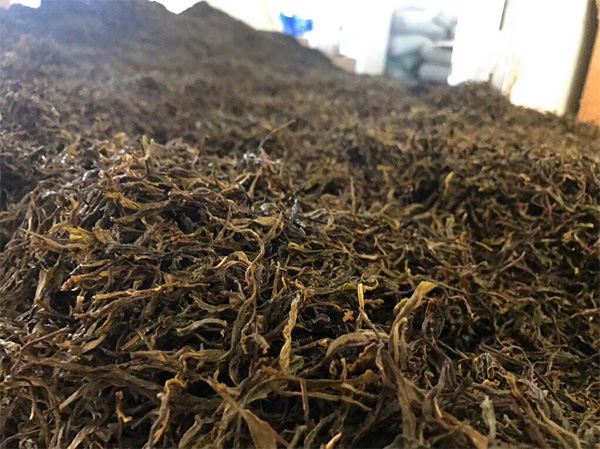


Step 4:
Step 5:
Step 6:
Withering
Rolling
Oxidizing
Leaves are spread out to reduce moisture, making them soft and pliable for rolling. This step also develops initial aroma.
Leaves are rolled by hand or machine to shape them and break cell walls, releasing natural enzymes and oils—starting the oxidation process.
The key stage that defines tea type. Exposure to air changes the leaf color and flavor:
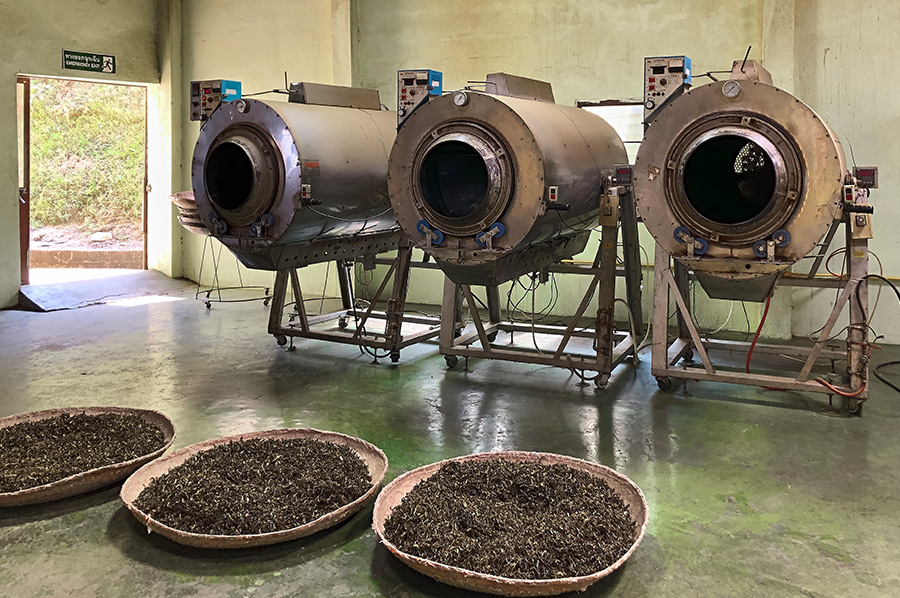
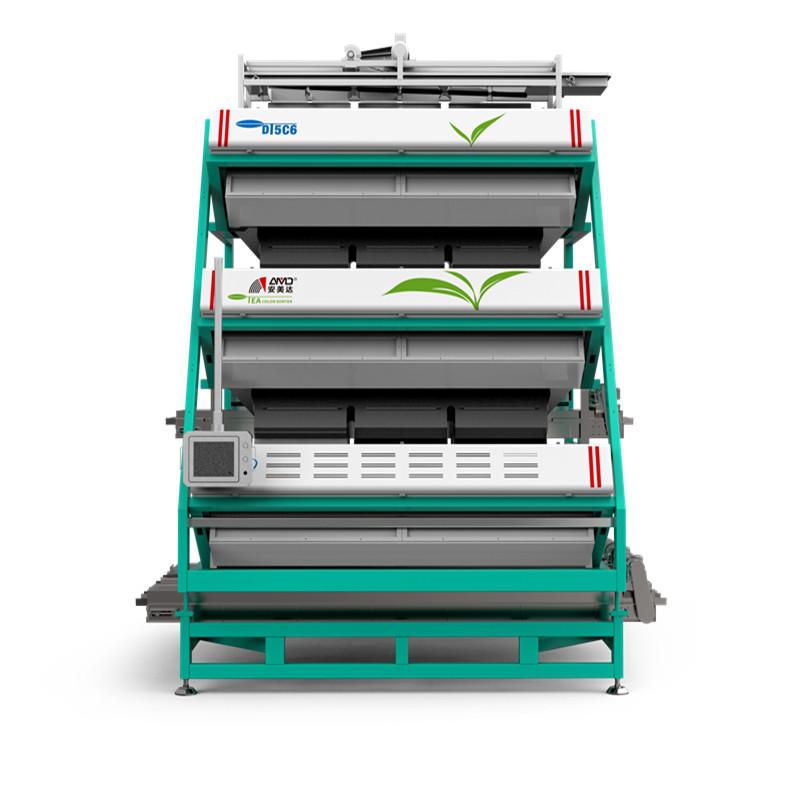
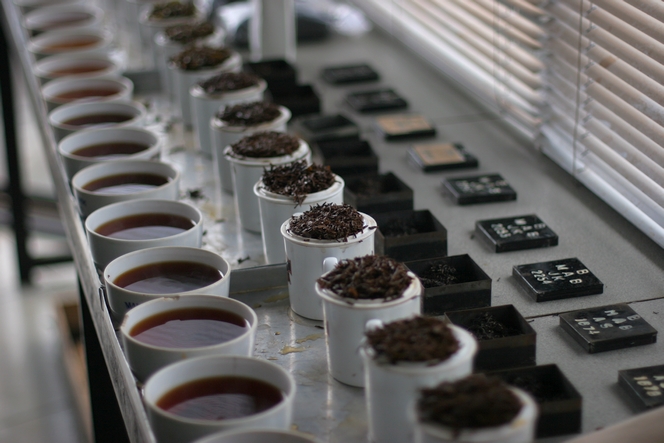
Step 7:
Step 8:
Step 9:
Firing (Drying)
Sorting & Grading
Tasting & Quality Control
Heat is applied to stop oxidation and remove remaining moisture, locking in flavor and allowing for long-term storage.
Leaves are separated by size and appearance into industry grades (whole leaf, broken leaf, fannings, dust).
Professional tasters evaluate appearance, aroma, and flavor to ensure consistency before packaging.
How Processing Creates Different Teas
All true teas—white, green, and black—are made from the same plant, Camellia sinensis. The magic lies in how the leaves are handled after harvest. By adjusting steps like withering, heating, rolling, and oxidizing, tea makers create very different aromas, colors, and flavors.
White Tea
Process: Fresh bud → Withering (about 72 hours) → Gentle drying (110°C / 65°C)
White tea is the least processed of all tea types. The young buds are allowed to wither naturally in a controlled environment, without rolling or heavy firing. This minimal handling preserves their soft, silvery appearance and produces a cup that’s light, delicate, and reminiscent of fresh garden aromas.
Green Tea
Process: Steaming or pan-roasting → Cooling → First rolling → Initial drying (110°C / 70°C) → Final rolling → Final drying (120°C / 80°C)
Green tea is heated soon after harvest—either by steaming or roasting—to stop oxidation before it starts. This keeps the leaves bright green and preserves their fresh, grassy notes. Rolling shapes the leaves, and careful drying locks in the flavor without darkening the leaf.
Black Tea
Process: Withering → First rolling → Full oxidation → Final drying (120°C / 80°C)
For black tea, oxidation is encouraged. After withering, the leaves are rolled to release natural enzymes, then left to fully oxidize. This transforms the leaf color from green to deep brown or black, and develops the bold, malty, or brisk flavors black tea is known for.
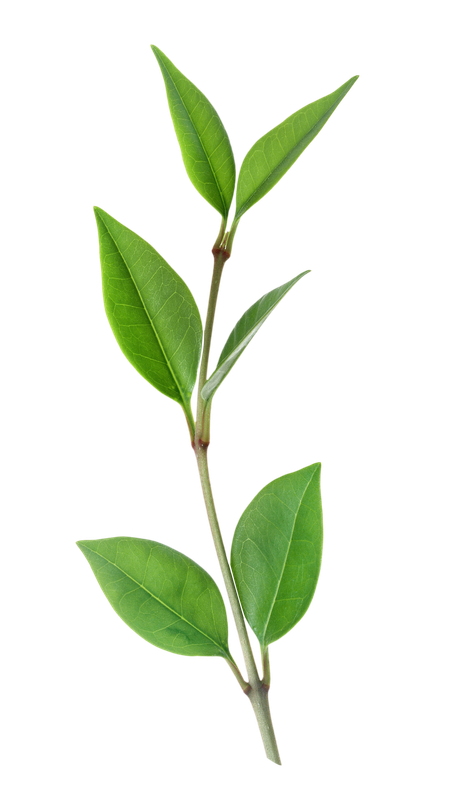
Why It Matters
The way tea is processed directly affects taste, aroma, caffeine level, and even antioxidant content. At Tsara Tea, we use the orthodox method to protect the integrity of the leaf, showcase natural flavors, and offer you a fresher, more authentic tea experience.
